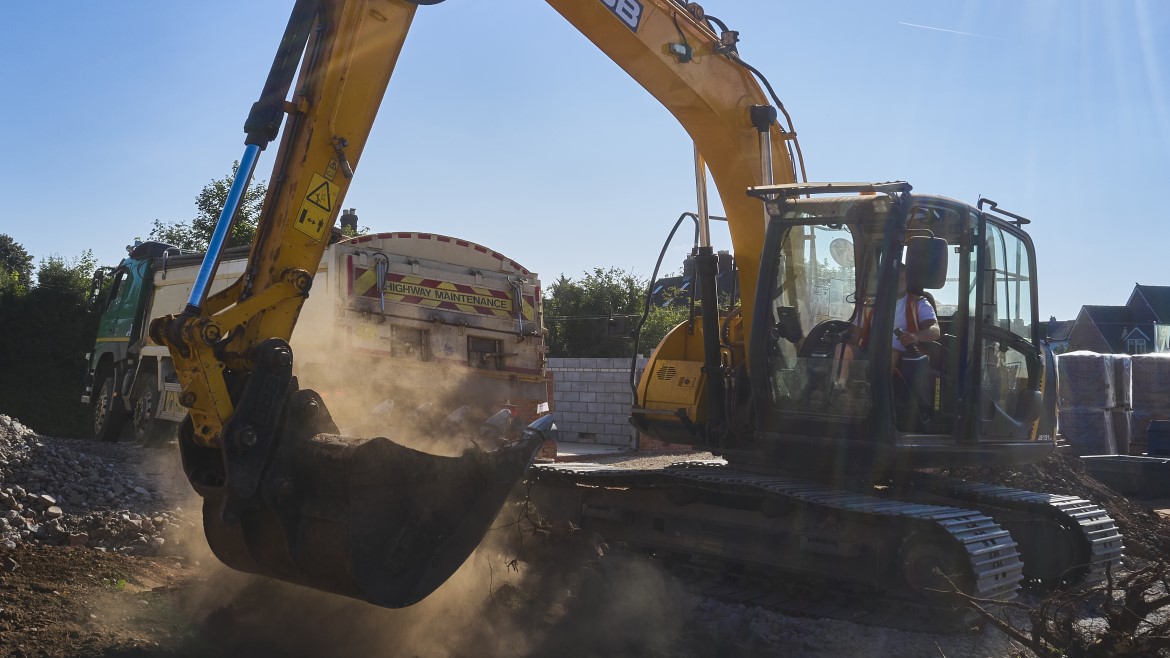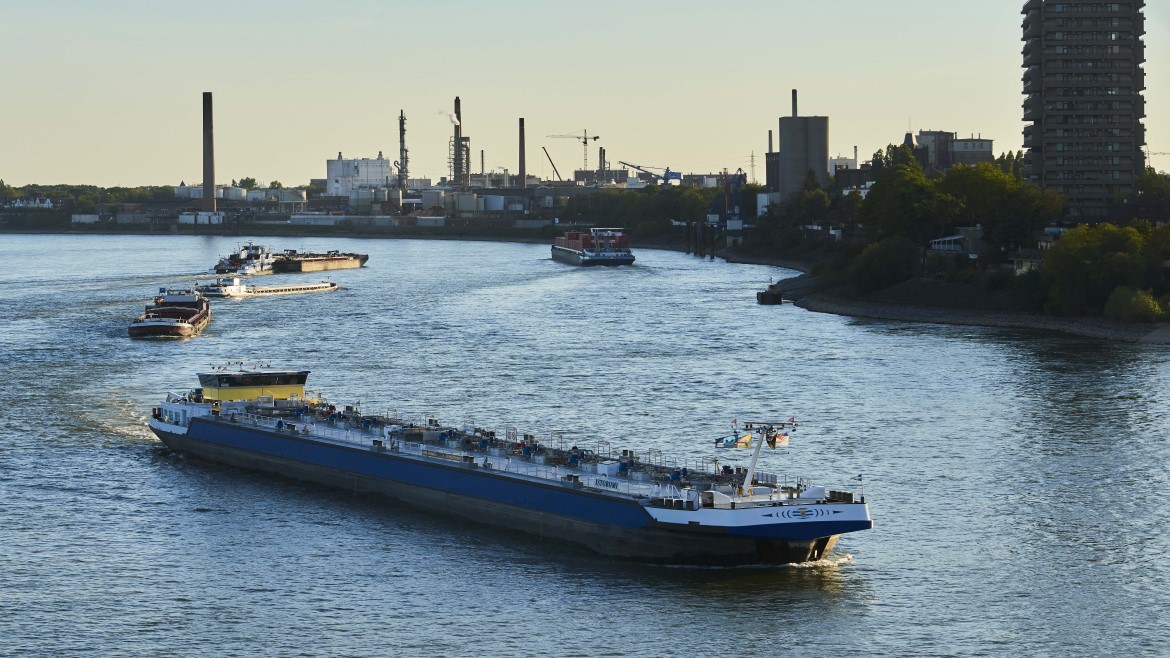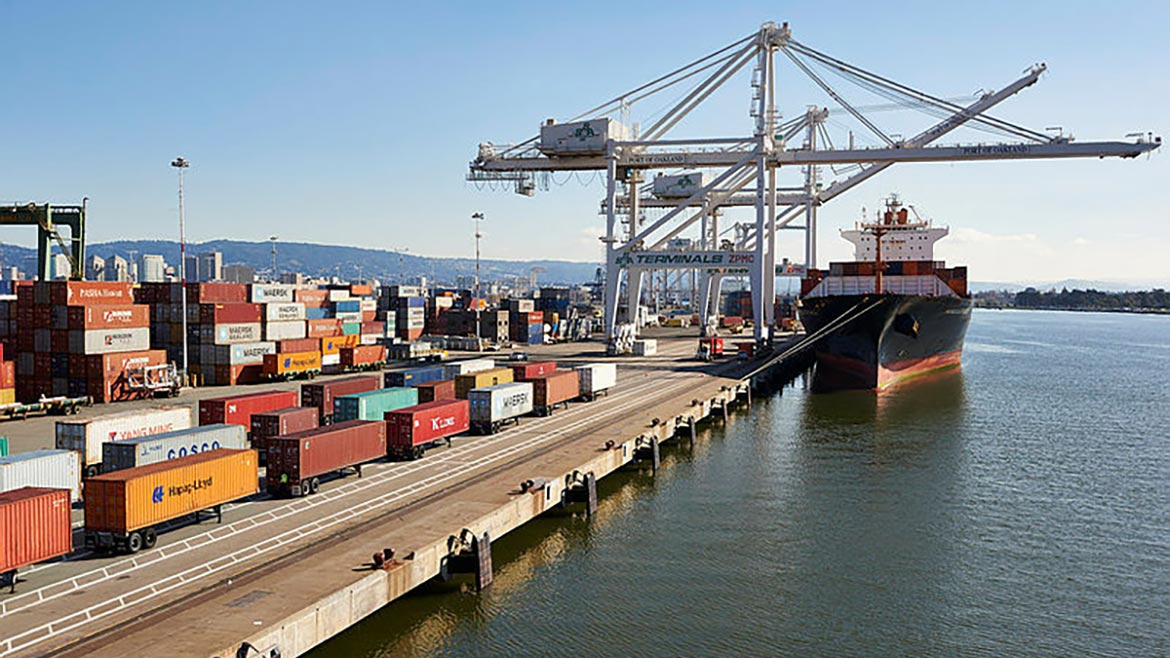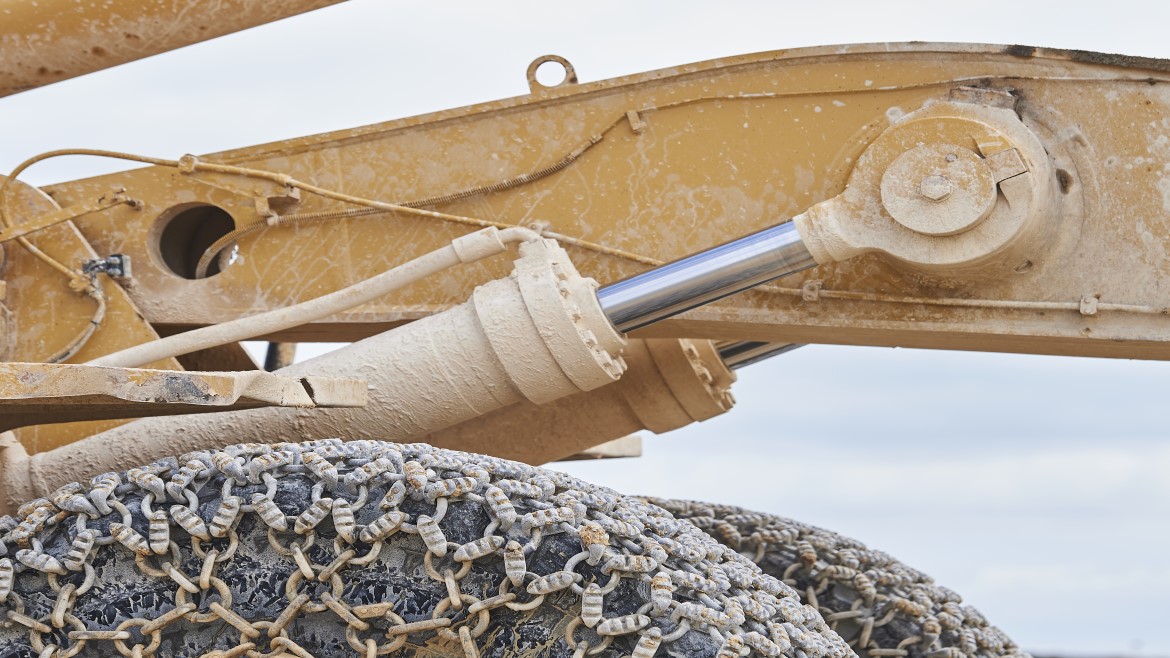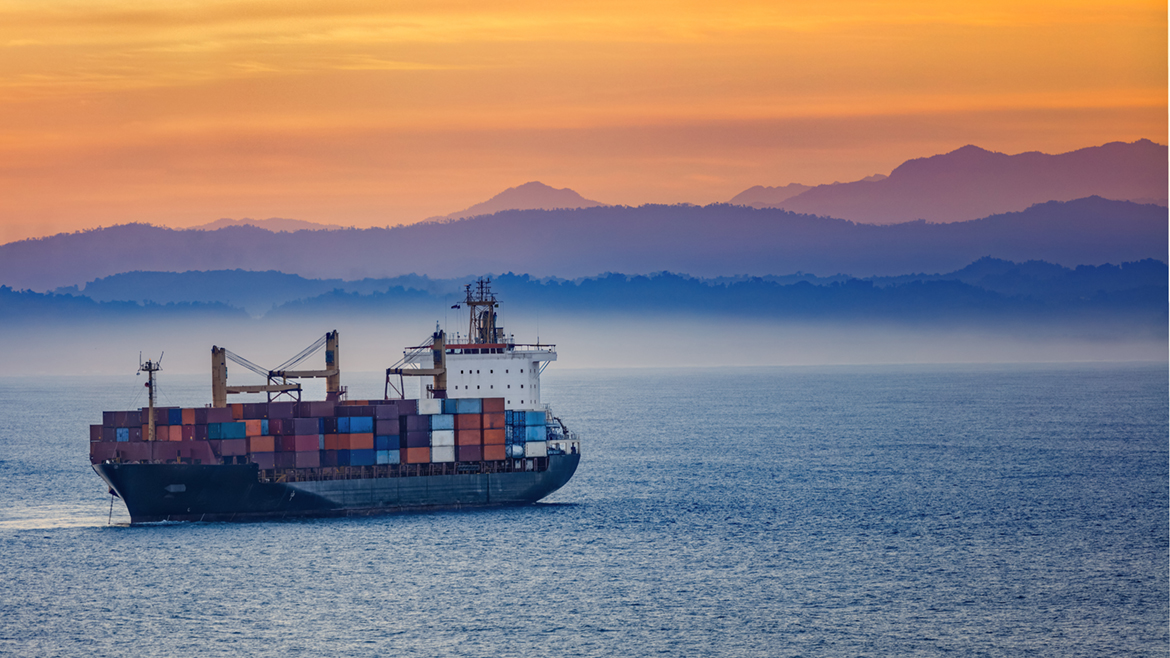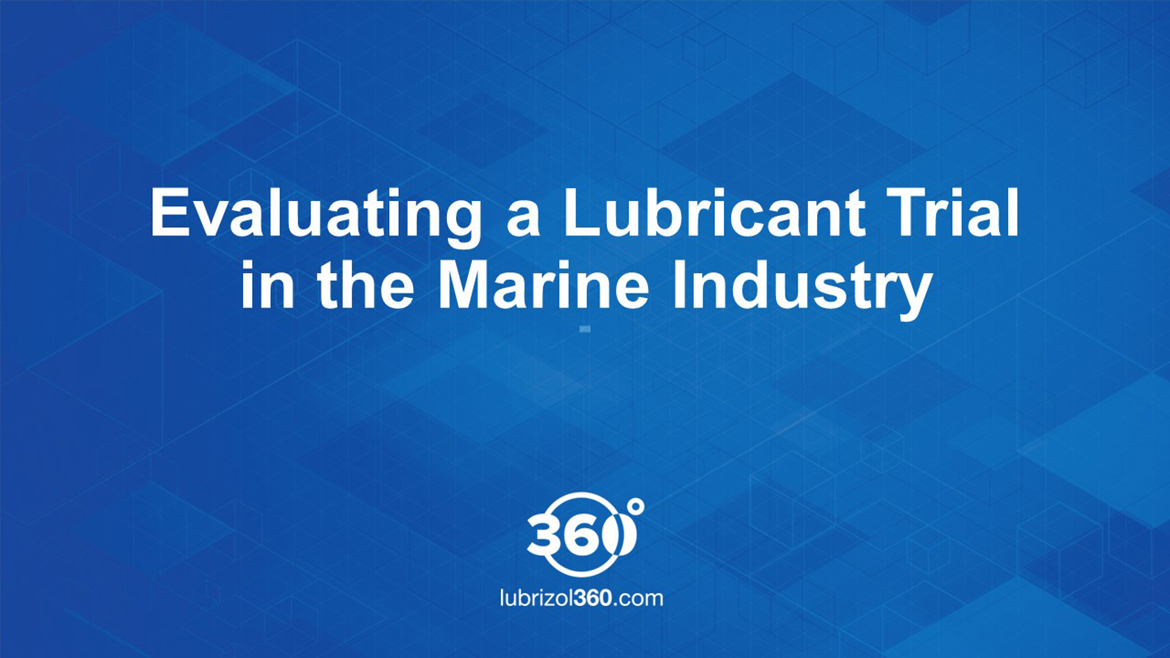With global trade driving an increased demand for transporting goods by sea, ensuring the protection of US coastal and inland water ecosystems by monitoring and preventing pollution from commercial vessels is crucial for the future wellbeing of the planet. Environmentally Acceptable Lubricants (EALs) are a key part of achieving this.
In March 2013, the US Environmental Protection Agency (EPA) signed the final 2013 Vessel General Permit (VGP). To protect US waters, the VGP regulates 26 different discharges from vessels that are incidental to the normal operation of a vessel, including deck run-off, bilge water, grey water, chain clocker effluent and ballast water.
Upcoming Regulations: Vessel Incidental Discharge Act (VIDA)
On December 4, 2018, the Vessel Incidental Discharge Act (VIDA) was signed in the US. VIDA will replace VGP once the EPA and U.S Coast Guard publish the implemented regulations (anticipated in 2022). On October 5, 2020, the proposed rules for VIDA were signed.
The proposed effects of VIDA can be categorized into three groups:
- Substantially similar to VGP Thirteen proposed discharge changes that are generally the same as VGP with minor modification from VGP, including the extent of regulated waters, consistency across discharge standards, enforceability and legal precision, and a few minor clarifications. Areas affected include boilers, fire protection equipment, gas turbines and oil-free machinery.
- Slight modifications from VGP Two proposed discharge standards to expand controls or clarify language: affecting bilges and desalination and purification systems.
- Greatest changes from VGP Five proposed discharged standards for ballast tanks, exhaust gas emission control systems, grey water, hulls and associated niche areas, and seawater piping.
In addition, the EPA is proposing a slight modification in requirements for federally-protected waters for the following five discharges: chain lockers, decks, hulls and associated niche areas, pools and spas and seawater piping.
Once the proposed standards have been confirmed and published, the USCG and EPA have two years to implement VIDA. In the interim, VIDA is voluntary and the 2013 VGP Standards are still in force:
Large Commercial Vessels
All vessels, excluding coast guard and navy vessels, covered under the VGP must use EALs in all ship-water interfaces, unless technically infeasible.
Small Vessels
For vessels less than 79 feet in length, ballast water discharge must follow the requirements in the VGP, as well as USCG water regulations and other government requirements.
EALs offer increased biodegradability, reduced bioaccumulation and minimized toxicity. Products approved by labelling programs such as Blue Angel, European Ecolabel, OSPAR and Swedish Standard SS 15 54 34 generally meet VGP requirements. Alternatively, a lubricant’s status as an EAL and compliance with VGP can be demonstrated through laboratory testing. Not every bio-oil/lubricant is an EAL and because EALs are self-certified against VGP criteria it is vital to check oil marketer approvals.
Our View
Delivering the required protection and performance, while conforming to exacting environmental specifications, requires a combination of formulating expertise along with specialist toxicity and environmental knowledge. With growing demand for environmentally-acceptable lubricants, a carefully developed and proven fluid should be in your portfolio that meets performance and environmental specifications, supporting a cleaner, safer and more environmentally friendly future.
For more details on high-performing biodegradable fluids, please contact your Lubrizol representative.




